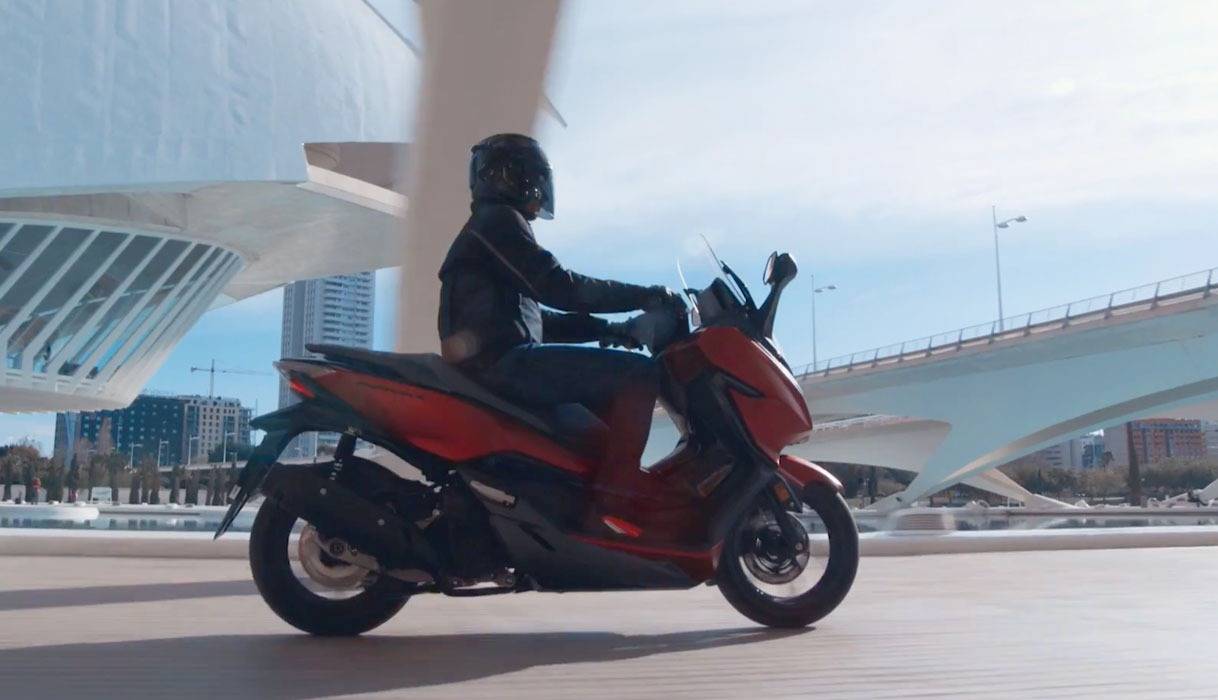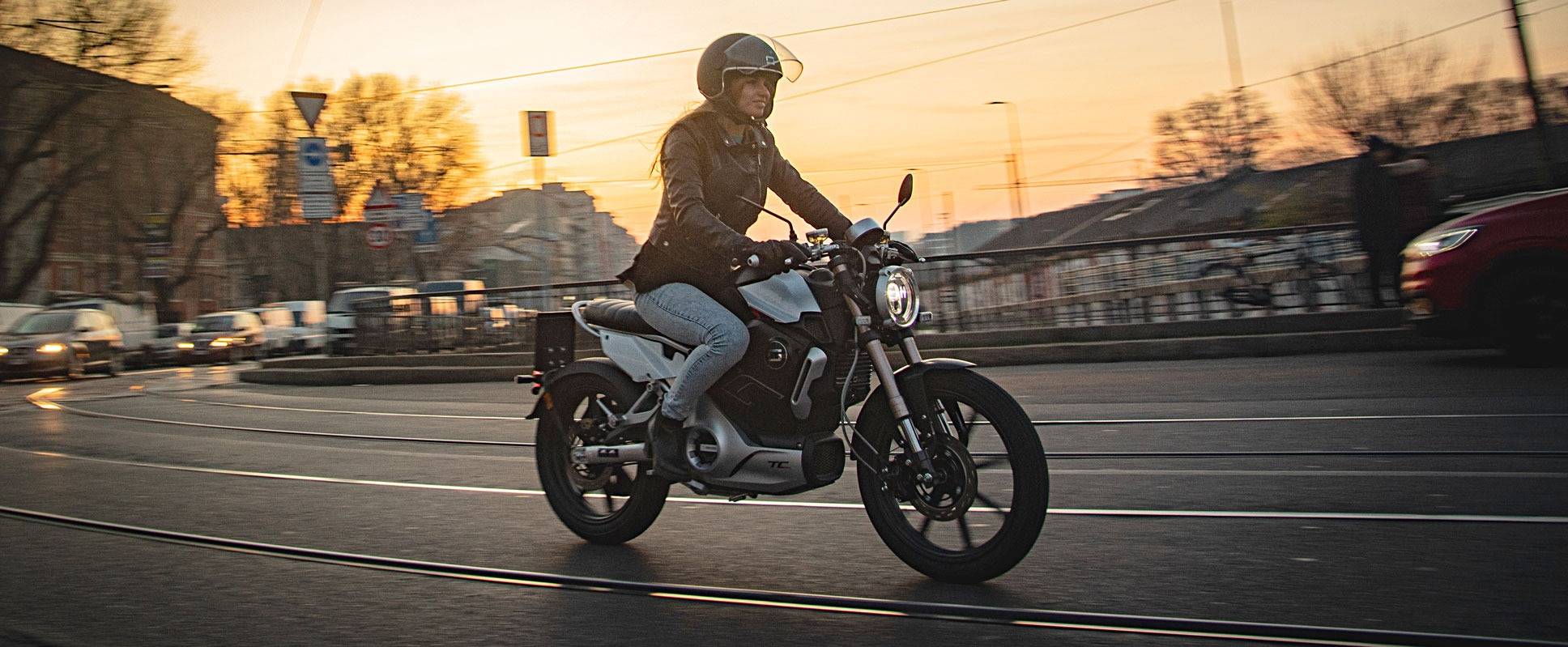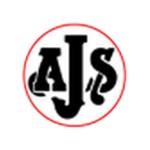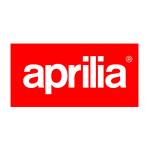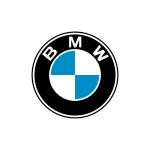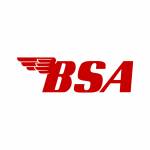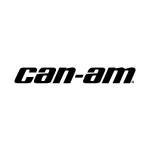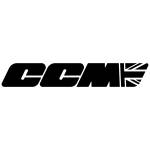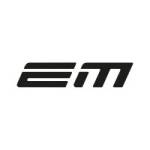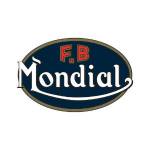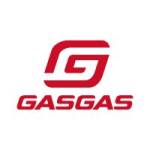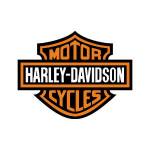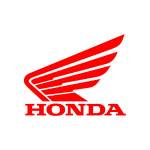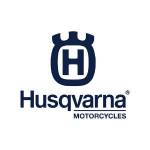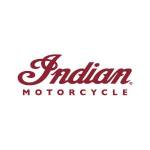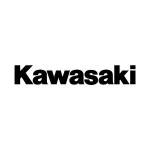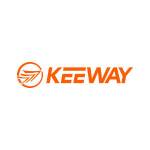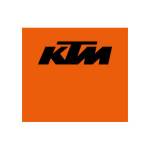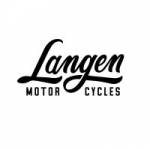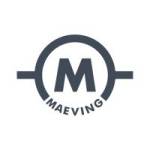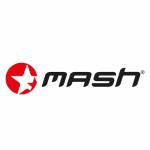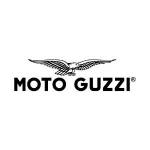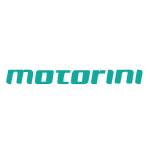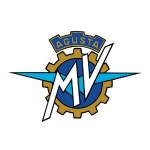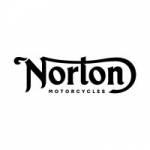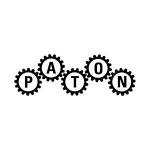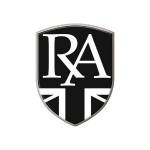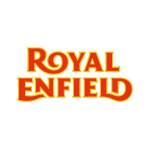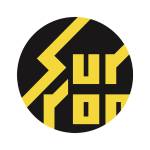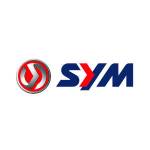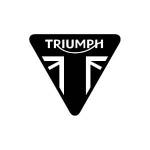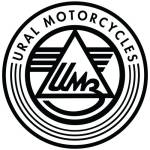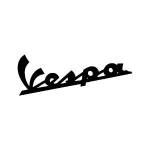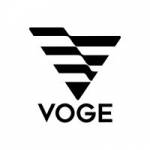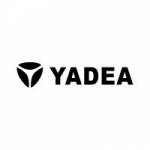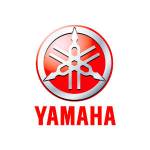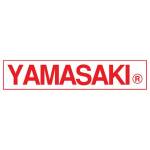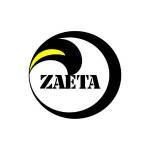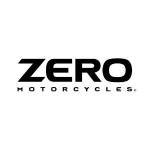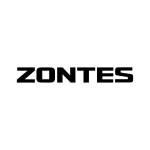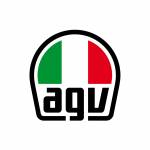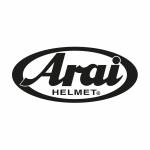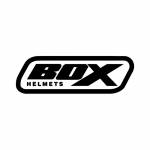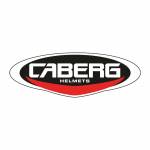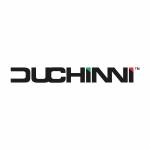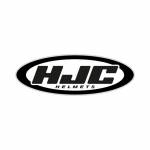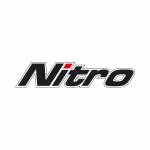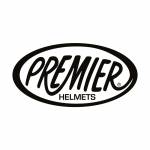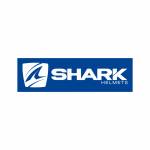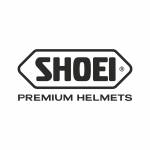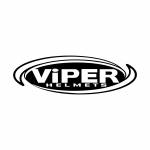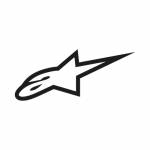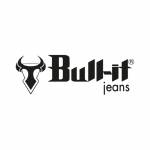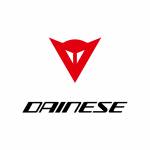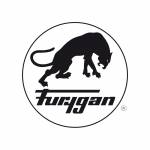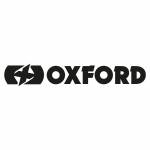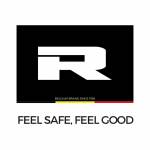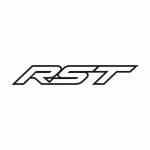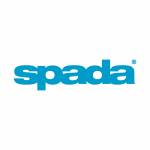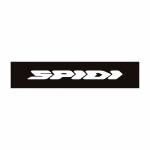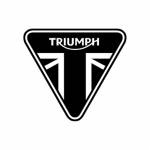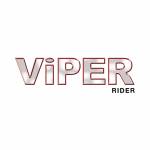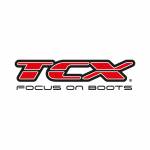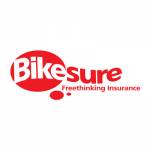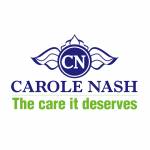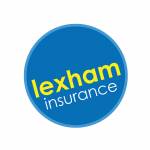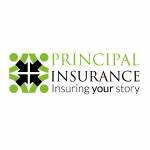LOOKING FOR AN ENJOYABLE AND ECONOMICAL WAY TO TRAVEL? COMMUTE ON A SCOOTER OR MOTORCYCLE
Get where you want to go and take advantage of all the benefits of two-wheels.
Your age, along with a car driving licence that you may already hold, will determine what you can ride, and what you need to gain before riding on the road.
You'll need to apply for your provisional licence and complete CBT training before you can ride. You must display L-plates and cannot carry a passenger.
As you don't have a car licence, you'll need to apply for your provisional licence and complete CBT training before you can ride. L-plates needed. No passengers.
You can ride a moped without a CBT & without any further licence. You’ll need to complete CBT to ride anything bigger than a 50cc 4kw moped. L-plates needed. No passengers.
You need to take CBT training to ride a moped, scooter or motorcycle.
Getting on a motorcycle or scooter up to 125cc is probably easier than you think.
If you have a full car licence issued before Feb 2001 then you can already take to the road on a moped.If you passed your test after that date, then you will need to do your Compulsory Basic Training (CBT). A moped is a 2 wheeled vehicle of up to 50cc (or 4 Kw) which is capable of no more than28mph. If you are 16 years old then you need a provisional moped licence.
The 125cc / Up to 11kw option
If you want something more suited as an everyday transport solution and you are 17 or older with a provisional licence, then why not look at a motorcycle or scooter up to 125cc / 11kw.There’s a lot of choice in this sector, you’ll find some good links to the manufacturers sites at the bottom of the page. You can ride a motorcycle (geared) or scooter (automatic) once you have completed CBT and on L plates. You are not permitted to carry a passenger (pillion) whilst riding on L Plates,
Over 125cc / Over 11kw
For a bigger motorcycle or scooter, combustion engine or electric, you will need to take a test to get a full licence.You will find here details of what licence you need and what you can ride. Right now, unless you are a key worker you may find it hard to get a test as availability has been severely affected by the Coronavirus lockdown. Your local training school can help and advise you about getting on a bigger motorcycle or scooter.
CBT
Most people will need to complete CBT (Compulsory Basic Training) course to start with.Whether you choose a moped, an automatic scooter or a geared motorcycle, this course gives you all the basics you'll need to take to the road. At 16 you will be riding a 50cc moped and if you're 17 years old or above, it’s up to 125cc / 11kw. The course can often take as little as a day to complete. You will start riding on a safe off road area and you'll finish up by getting at least two hours tuition on the road.
Ready to Ride on the Road
To ride on the road, you’ll need the correct licence, CBT, road tax, valid insurance and a helmet.However, it is always advisable that you get yourself a decent protective jacket, quality motorcycle gloves and sturdy footwear. Your local training school or motorcycle dealer will help you make the right choices, always look for the CE approval label on the clothing you buy.
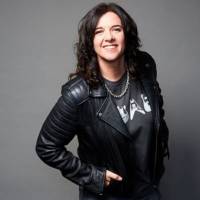
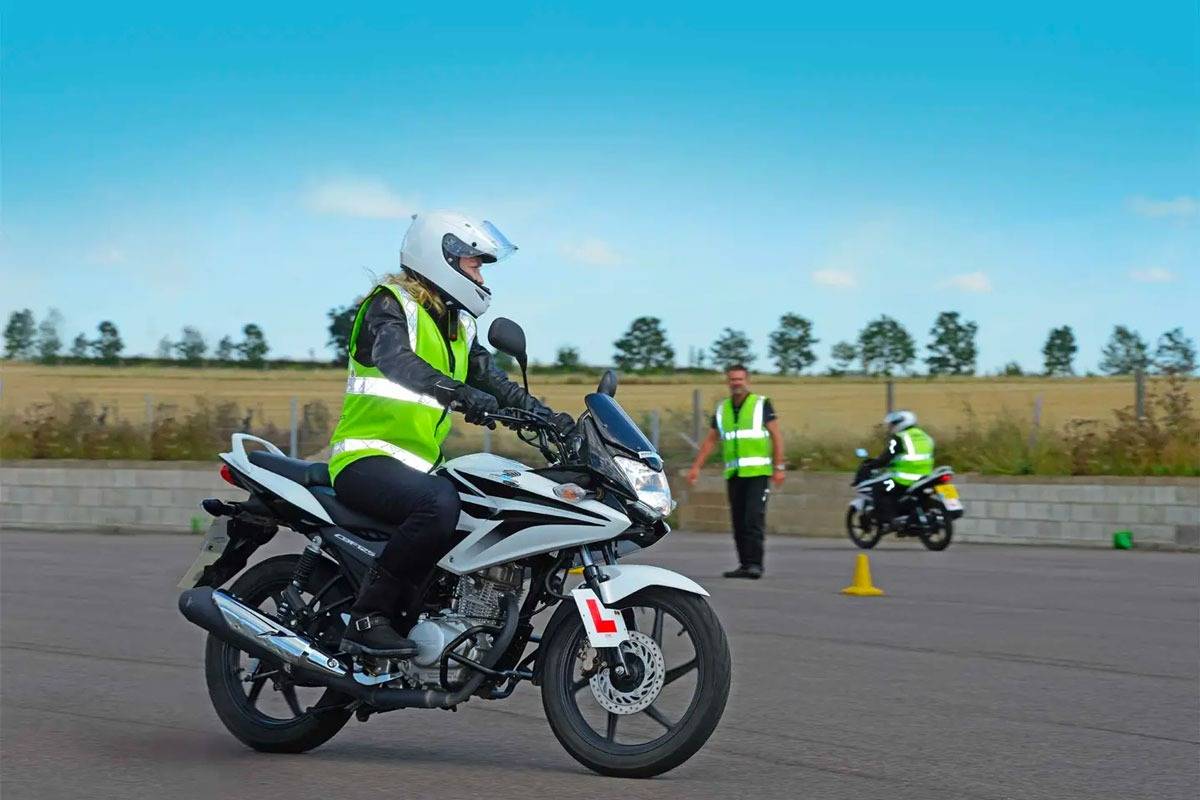
Find your local training school
You may need to complete a CBT, a quick process to give you the skills to be confident on two-wheels.
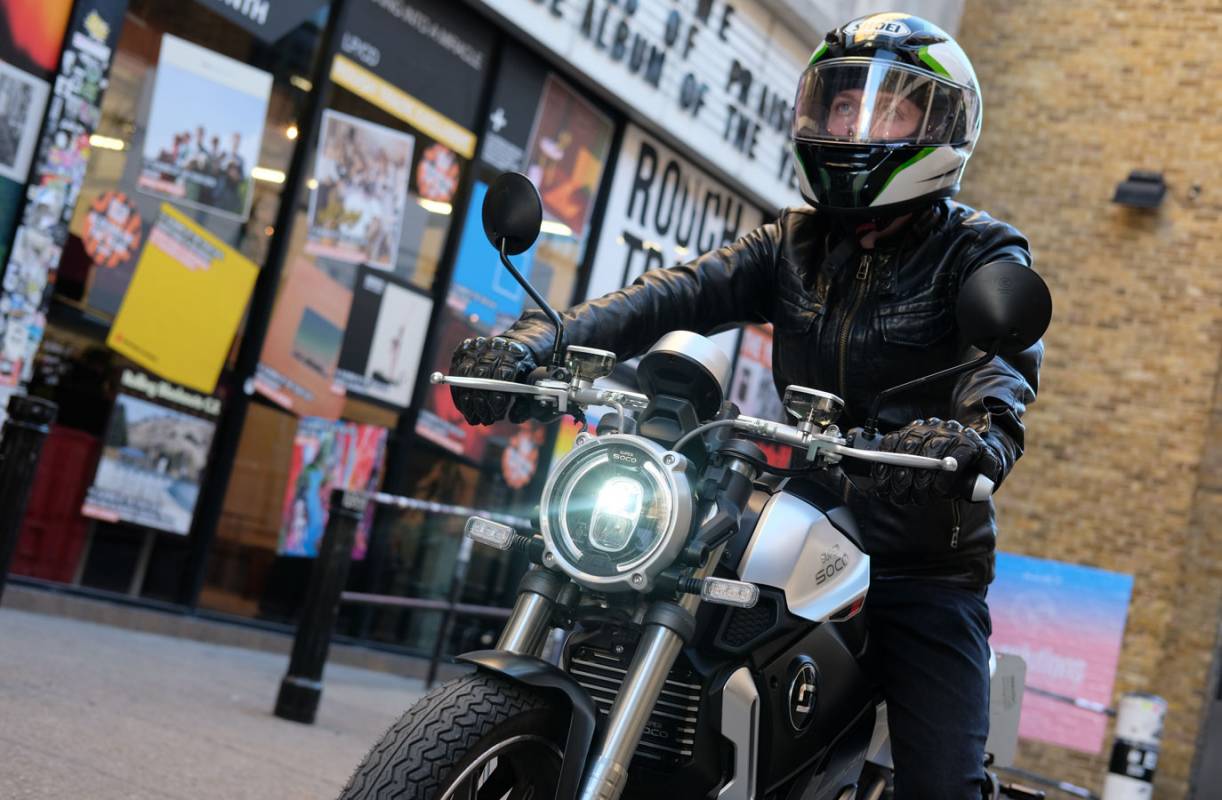
Keep Moving
Keep moving when other forms of transport let you down. Make your commute on a motorcycle or scooter in your own time, saving time.
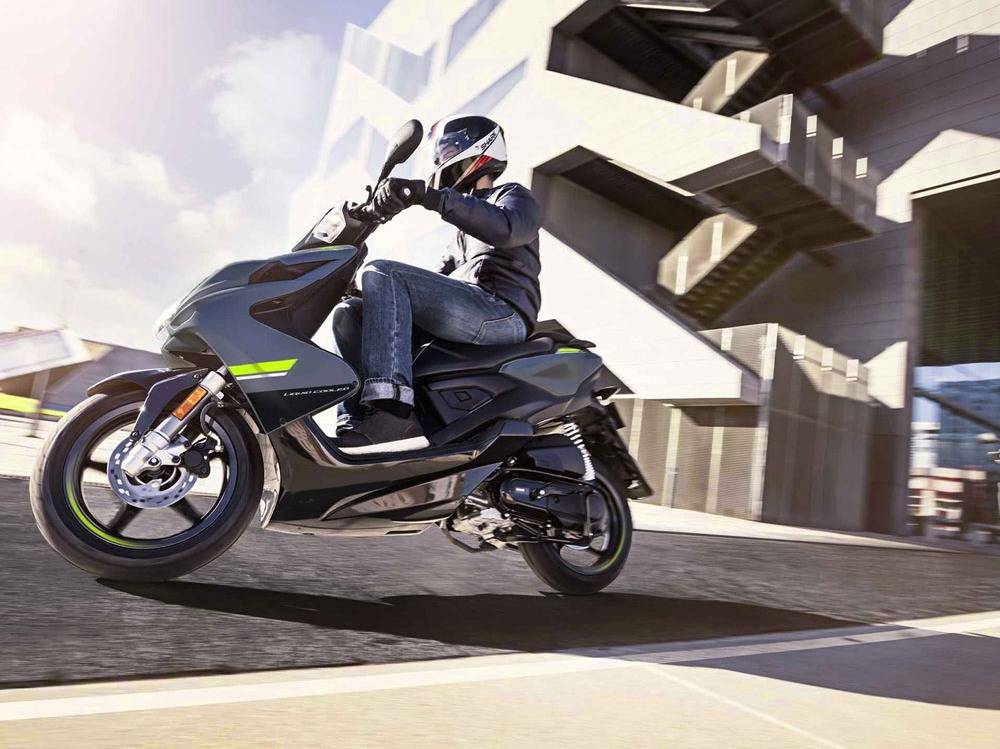
Really affordable ownership
Motorcycles and scooters are affordable - with the cost of daily ownership starting from less than a cup of coffee!
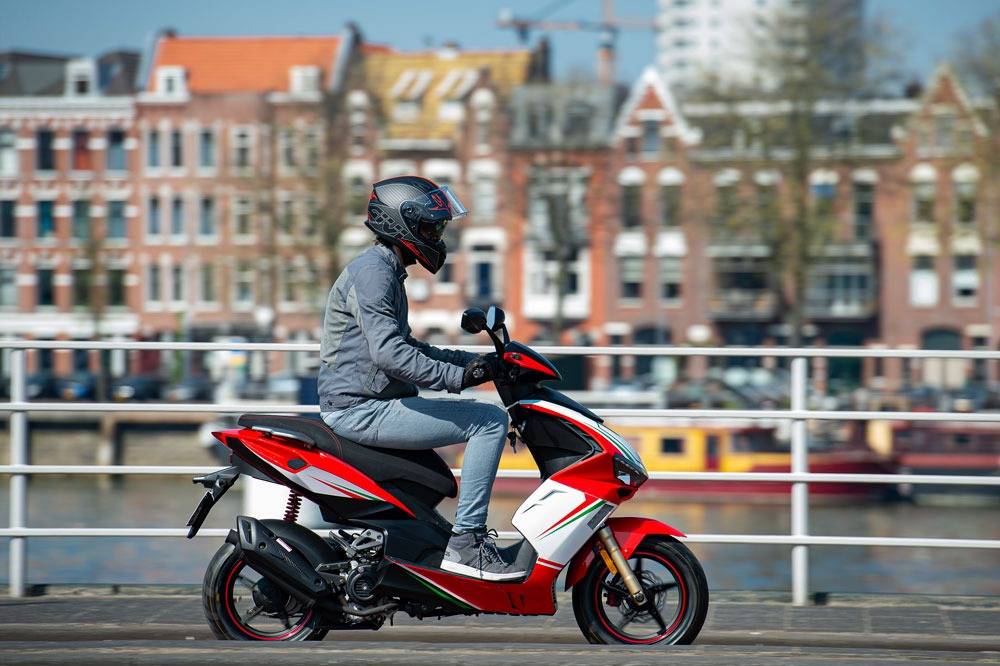
Travel from 1 pence per mile
Incredible fuel economy - there's a number of fuelled and electric options available, price per mile is minimal.
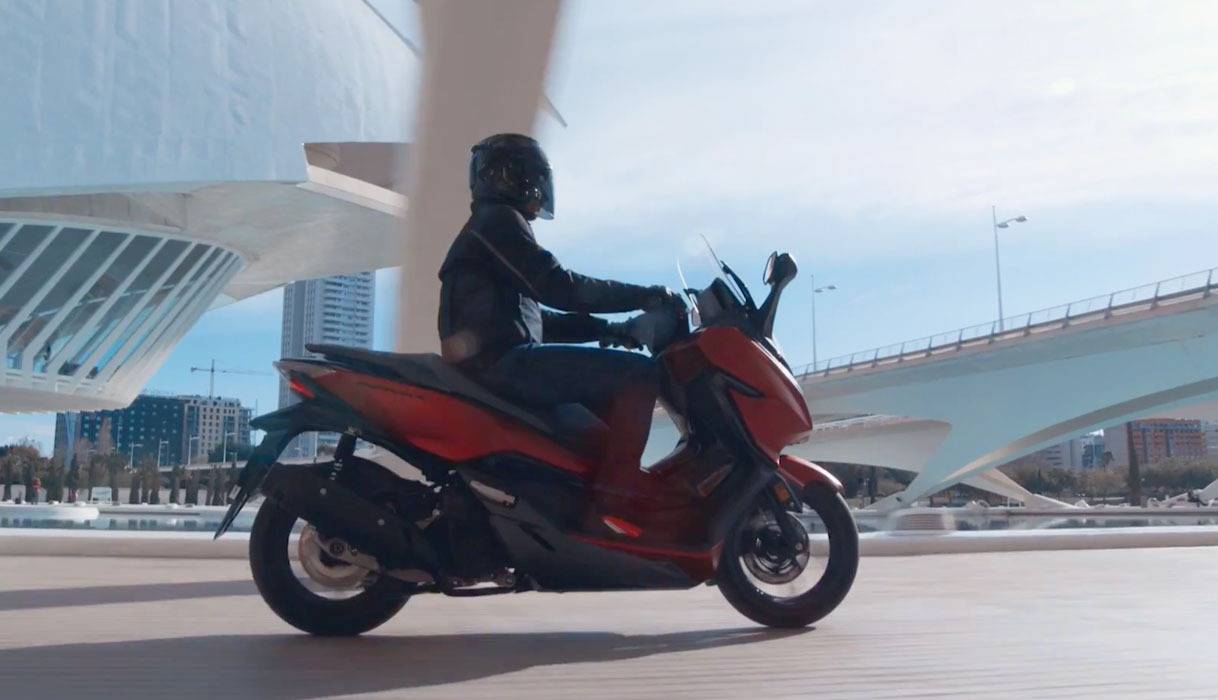
Protective Clothing
A helmet is compulsory - protective motorcycle jacket, gloves & footwear advisable. Look for the CE approval label.
Manufacturers
Helmets
Clothing and Protection
Footwear
Insurance
Helpful advice for beginners from the experienced
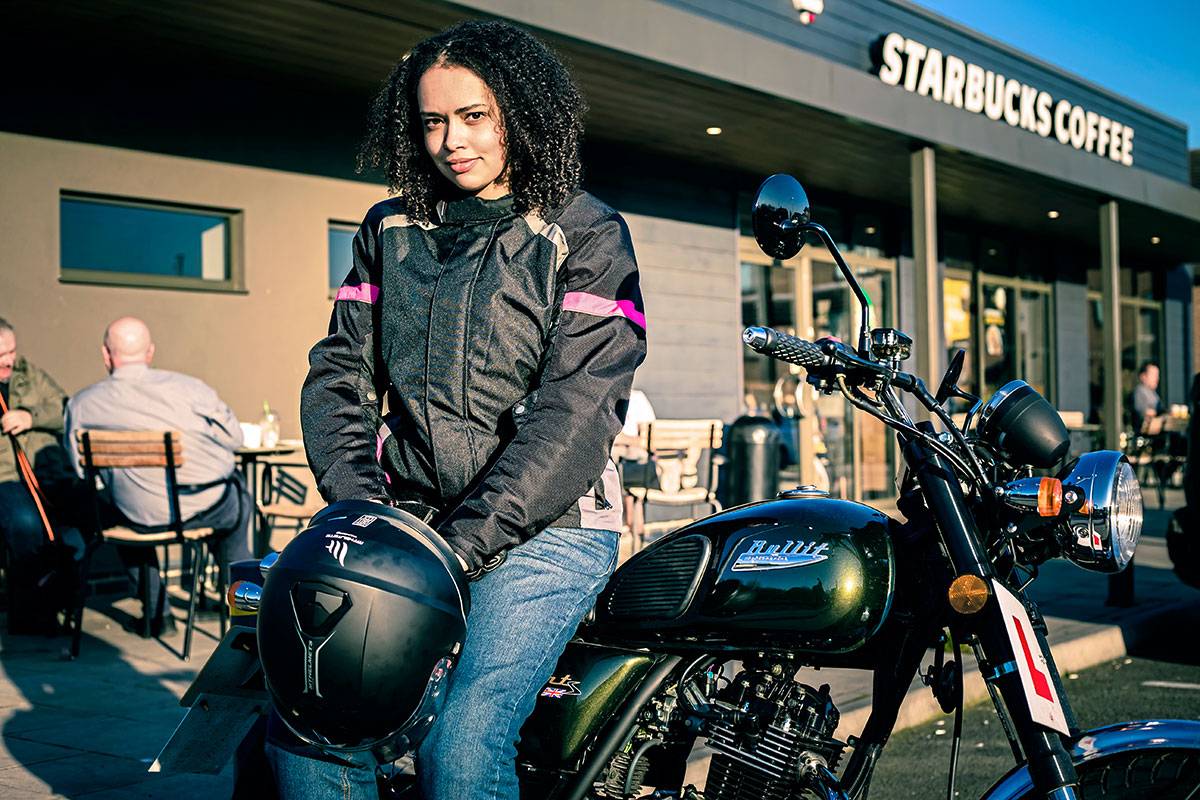
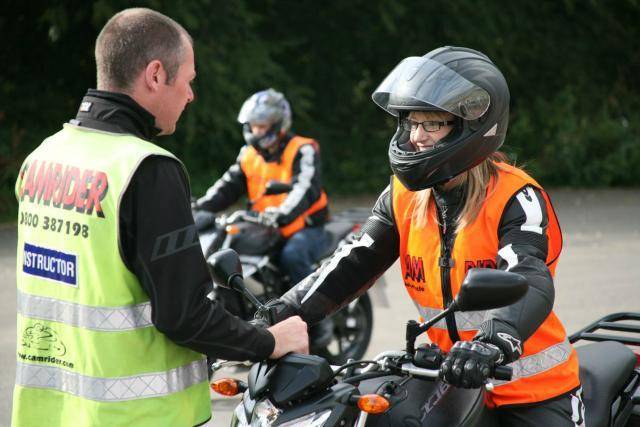
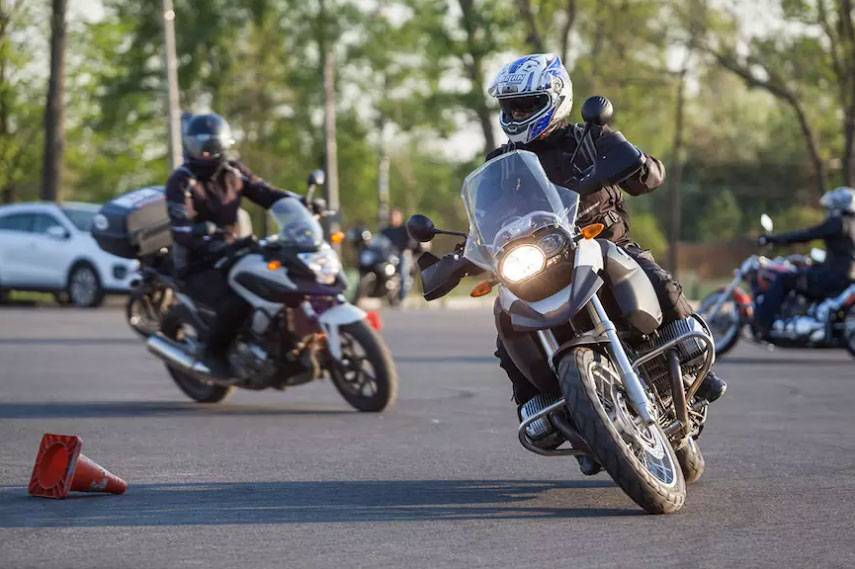
INSIDE BIKES
Everything YOU need to know to get a licence. CBT, Theory, Module One and Module Two explained.
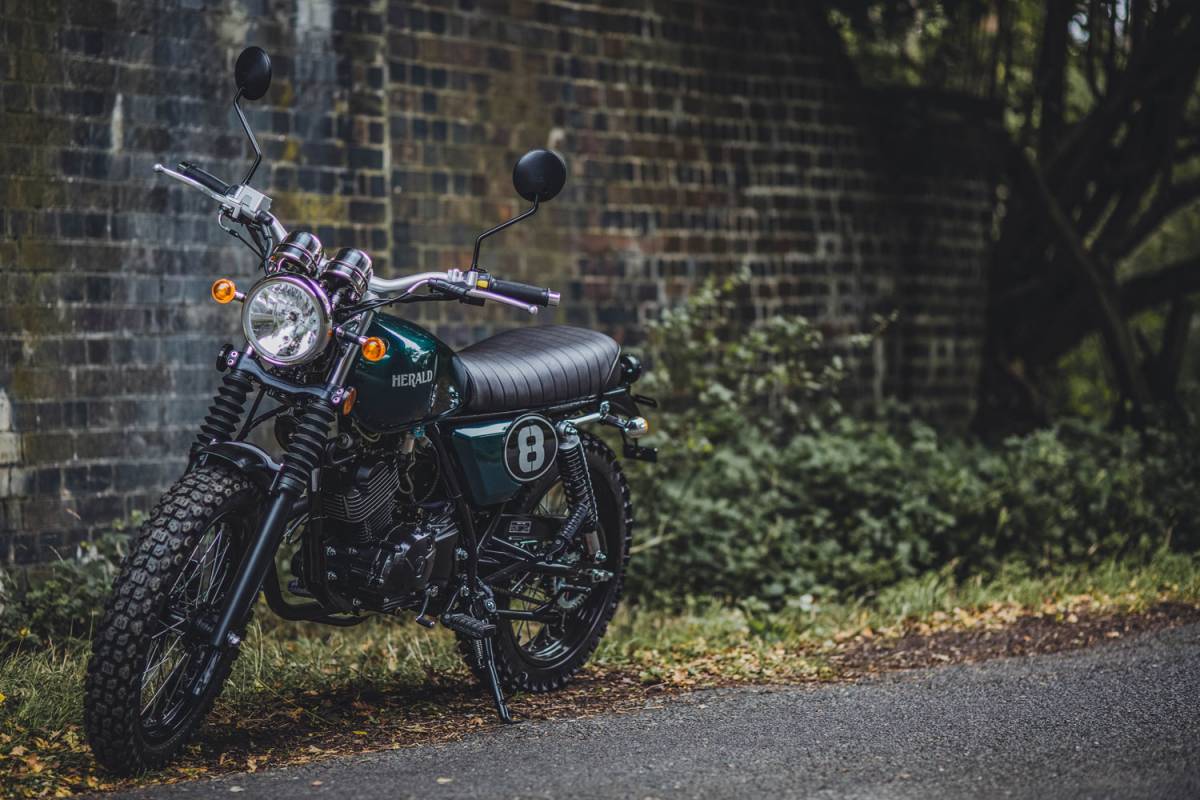
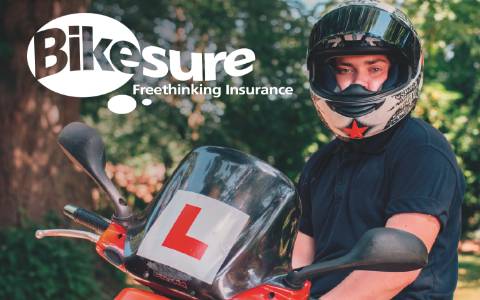
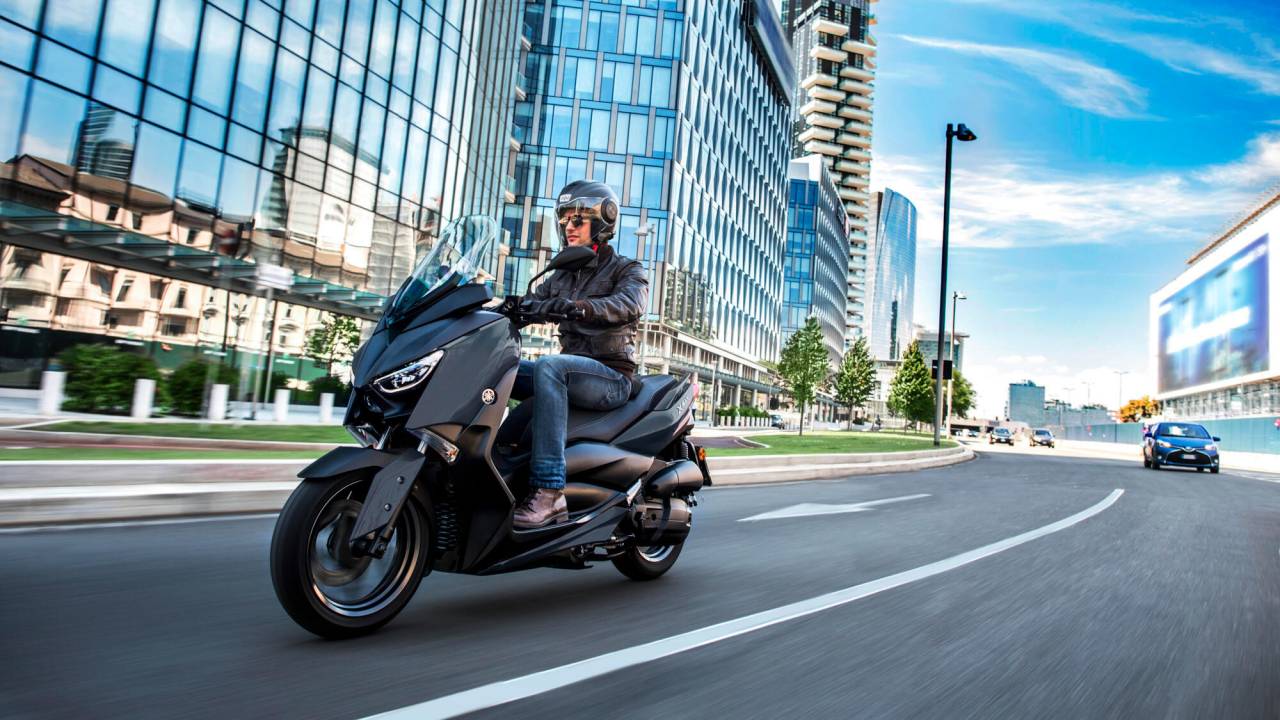
-extra_large.jpg)
